Cuteness! This is what a lot of people would go for. Loyalty! The best trait a dog could ever have. Selflessness! What we all need in this world! If you’re looking for a Breed of dog that would fit these traits, then you have got to own a “Labrador”!You got one but there’s this question that always pops out in your mind when you’re cuddling each other: When do Labs stop growing? Read and see what goes next and learn!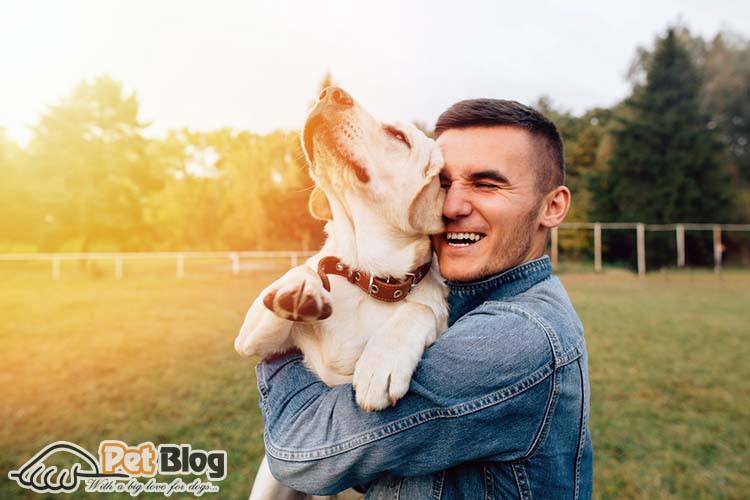
What are Labradors?
A working dog breed, they are good for a friendly companion or a family dog. They can either be Chocolate Brown, Black, Dark Chocolate, caramel white or even the rarest color “Rare Silver or Gray”. These cute little fellows are with various different cross-breeds which includes the most popular one of the Labrador Family, “The Labradoodle”.
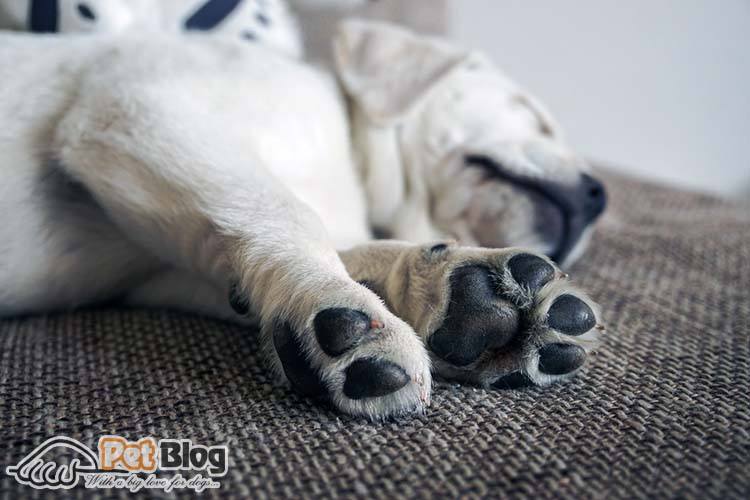
Labradors are also good Sports Dogs and are very Selfless and Kind. They are also known as a “Fisherman’s Friend” since they were originally bred to catch fish on shore which explains why nowadays they really love to go on the water.
Smart and easy to train, just like the husky, Labradors are good and loving to children. Now, many Labradors are well-trained as a companion for the elderly and blind people.
When do Labs Stop Growing?
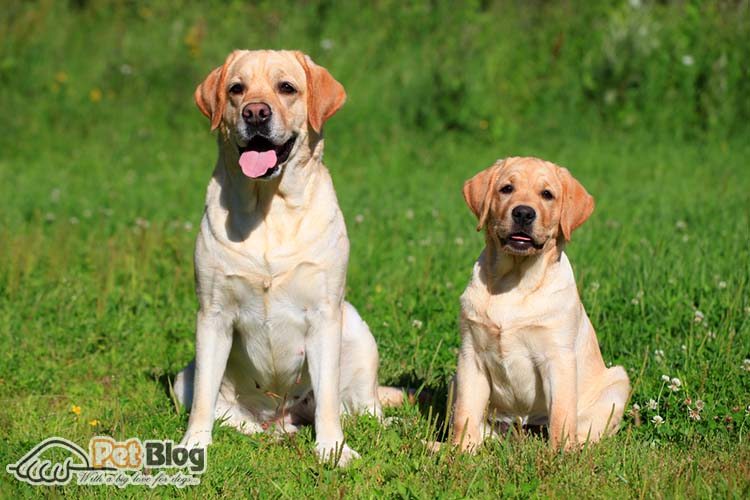
Labradors are big dogs which mean they will mature slower than the cute tiny and fuzzy ones. Their growth really varies from one dog to the other but the usual age they stop growing is between 18 months to 2 years.
One important thing to consider is when your dog is complete in “Upward Growth”. During that time, it is already safe enough to let your Labrador go on quick jogs, and a few jumps without damaging any of his or her joints.
How big do labs get fully grown?
In addition, when Labradors reach their upward growth:
- Male- will approximately be 24 inches tall and will weigh an average 0f 75 lbs.
- Female- be an average of 23 inches in height and weigh 55 lbs.
The Labrador breed is a fast maturing one. They will be fully grown once they have reached the age of 6 to 12 months. They can live up to 12 to 14 years of age and can also fill out up to 2 years.
The Growth Phases Of A Labrador: From Puppyhood To Adulthood
Understanding the growth phases of a Labrador is essential for owners to ensure proper care and development.
The Puppyhood Stage (0 to 6 months)
The initial phase, known as the puppyhood stage, typically lasts until around six months of age. During this period, Labradors experience rapid growth in height and weight.
A typical Lab puppy will weigh about 1 pound at birth and gain about 2 pounds per week until they are 6 months old. By then, they will weigh about 50% of their adult weight.
To give you an idea of how big your Lab puppy will get at this stage, here is a Labrador puppy growth chart:
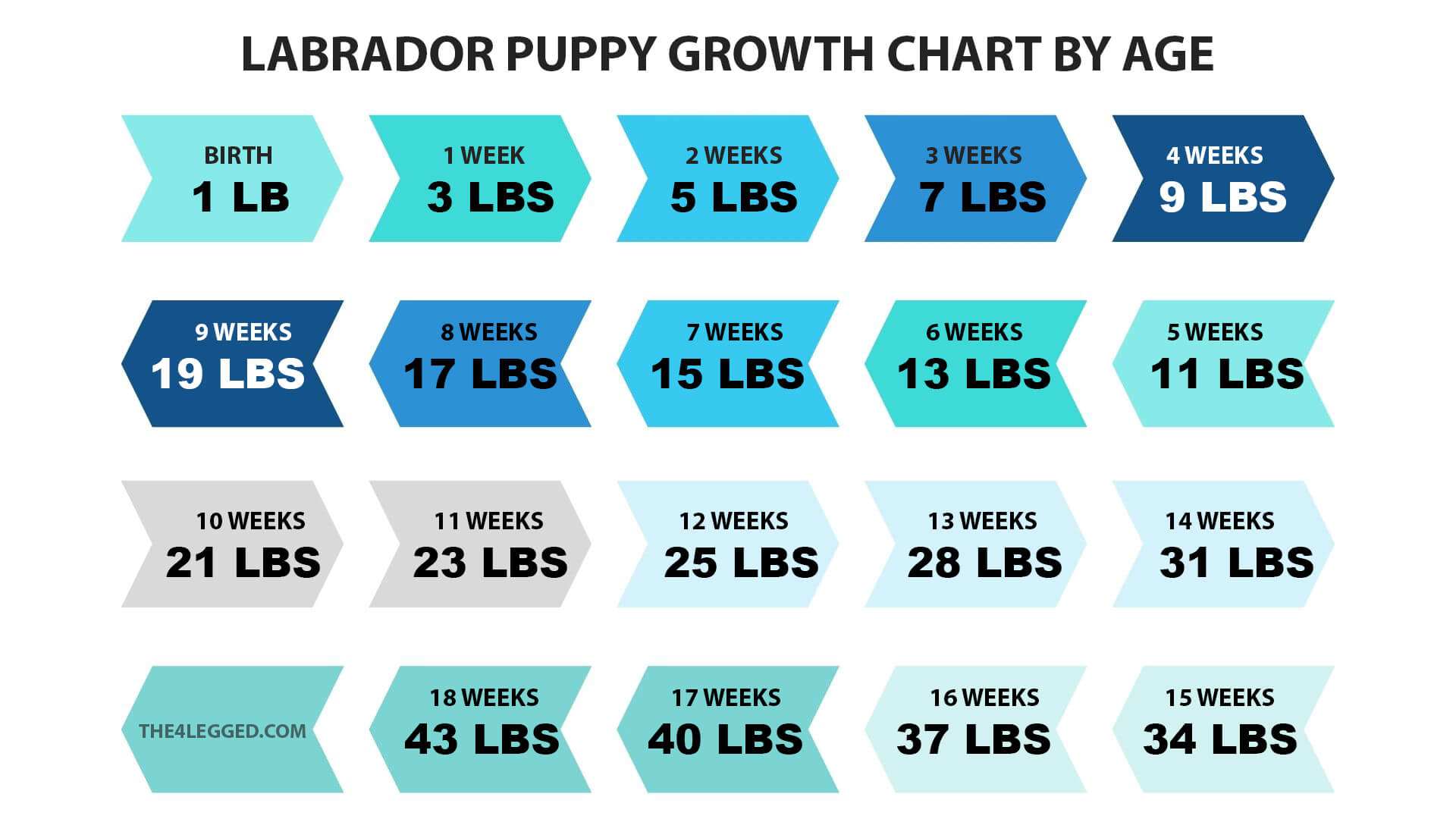
This is the stage when your Lab grows the fastest and needs the most care and attention. Your Lab puppy will go through several developmental milestones during this stage, such as teething, socialization, training, and vaccination.
Don’t forget to supplement your Lab puppies with a high-quality diet for large breed dogs. This ensures your dog does not suffer from rickets, lack of nutrients or stunted growth just because of lack of nutrition. A few favorite large breed dog food brands like ABC, AX you can easily find on Amazon at great prices.
The Adolescent Stage (6 to 18 months)
As Labradors enter adolescence, usually between six to twelve months old, their growth rate gradually slows down. This phase is crucial for bone structure development.
This is the stage when your Lab starts to look more like an adult dog but still acts like a puppy. Your Lab will go through some physical and behavioral changes during this stage, such as shedding their puppy coat, reaching sexual maturity, and testing their boundaries.
Your Lab will also need a lot of exercise and mental stimulation during this stage to burn off their excess energy and prevent boredom and destructive behaviors. You should also continue to feed them a high-quality diet that is appropriate for their age and activity level.
According to The Labrador Site, a typical Lab will grow about 0.5 inches per month until they are 12 months old, and then about 0.25 inches per month until they are 18 months old. By then, they will reach about 90% of their adult height.
Don’t forget focus on providing appropriate nutrition to support healthy bone Labradors growth while avoiding excessive weight gain. By the time Labradors reach one year old, they are considered adults.
To give you an idea of how tall your Lab will get at this stage, here is a Labrador height chart by age:
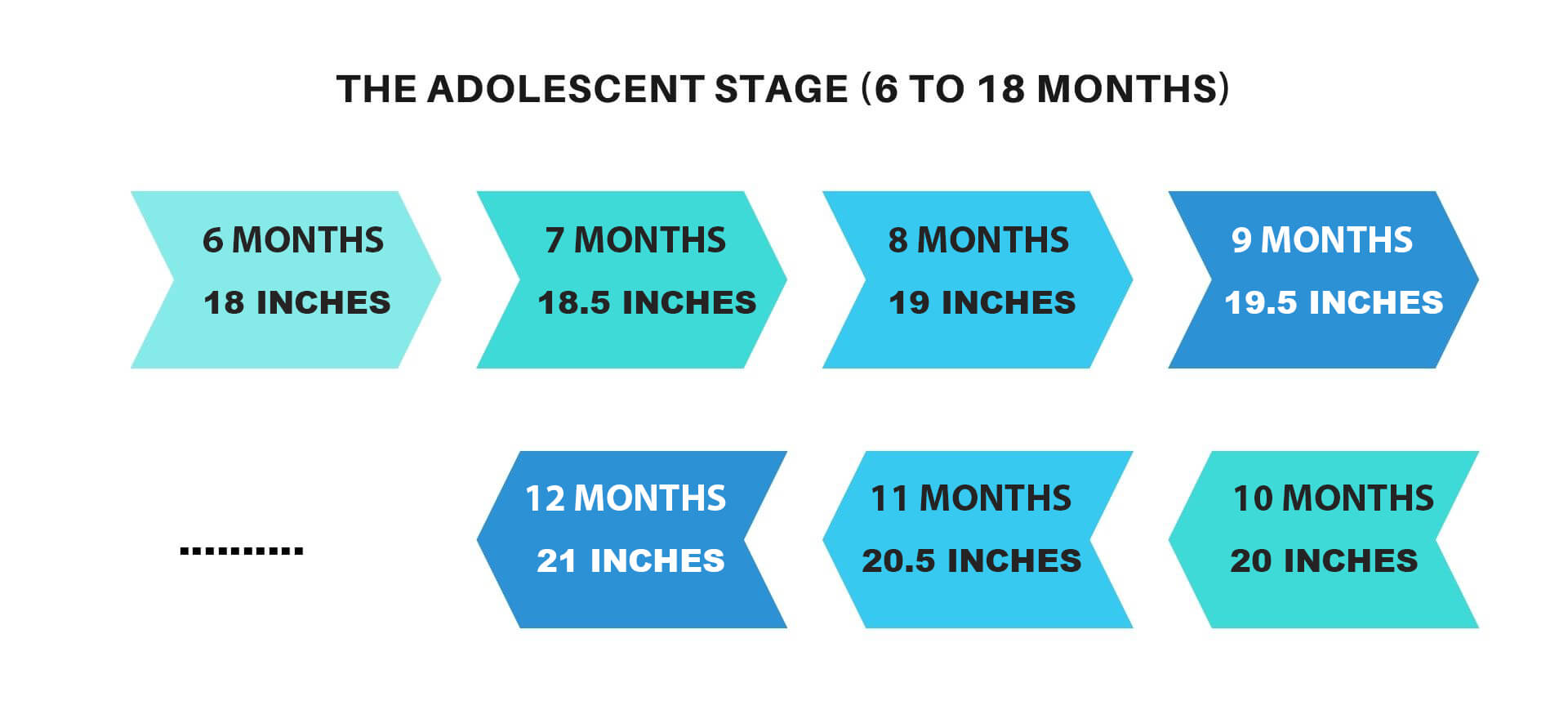
The Adult Stage (18 to 24 months)
This is the stage when your Lab reaches their full size and settles into their adult personality. Your Lab will still need regular exercise and mental stimulation during this stage, but they will also become more calm and mature.
According to Labrador Loving Souls, a typical Lab will gain about 10% of their adult weight between 18 and 24 months old. By then, they will reach their final weight and stop growing.
When are labs fully grown?
Based on the information above, you can easily have the answer “when are labs fully grown“. Yes, Labradors will continue to grow until they reach around 18 to 24 months of age.
During this time, your labs experience a significant growth spurt in terms of height and weight. However, their development doesn’t stop completely at this point.
At what age does Labrador stop growing
While most Labradors will have reached their full height by two years old, they may continue to fill out and gain muscle mass until they are around three years old.
Male Vs. Female Lab: Average Physical Growth Rate
| Male | Female |
|---|---|
| Male Labs usually reach their full height by 9 to 10 months old | Female Labs may take up to 12 months to reach their full height. |
| The standard size is 22.5 to 24.5 inches at the shoulder and 65 to 80 pounds in weight | the standard size is 21.5 to 23.5 inches at the shoulder and 55 to 70 pounds in weight. |
| Male Labs tend to have a more muscular and stocky appearance | female Labs tend to have a more slender and graceful appearance |
When do lab puppies stop growing?
Lab puppies stop growing at different rates depending on their individual characteristics, but in general, they stop growing in height around 9 to 12 months old, and stop growing in weight and muscle mass around 18 to 24 months old.
Lab puppies grow very fast in the first six months of their life, reaching about half of their adult size by then. After that, their growth rate slows down considerably, and they only gain a few more inches and pounds until they reach maturity.
4 Month Old Lab Puppy Size
At four months old, Labrador puppies have undergone significant growth and development. On average, a male Labrador retriever will weigh between 30 to 40 pounds (11 to 18 kilograms) at this stage, while females typically weigh slightly less. These adorable pups stand around 16 to 19 inches (41 to 48 centimeters) tall at the shoulder.
Their limbs and bodies are becoming more proportionate, but they still possess a lanky appearance due to their rapid growth rate.While their head is still relatively large compared to their body size, it will gradually catch up as they continue maturing.
At this age, lab puppies have most of their adult teeth and are transitioning from puppy food to adult dog food.
How Big Should A 6-Month-Old Labrador Retriever Be?
By the time a Labrador Retriever reaches 6 months of age, they should be well on their way to reaching their full adult size. On average, a 6-month-old Lab puppy will weigh between 50 to 70 pounds (22 to 32 kilograms) and stand around 20 to 24 inches (51 to 61 centimeters) tall at the shoulder.
At this stage of development, Lab puppies are still growing rapidly, but their growth rate may start slowing down compared to the earlier months.
How big do lab mixes get
Lab mixes can vary significantly in size, depending on the other breed involved. While Labradors themselves typically weigh between 55 to 80 pounds (25 to 36 kg), their mixes can range from small to large.
For example, if mixed with a smaller breed like a Chihuahua or Beagle, the resulting mix may be considerably smaller than a purebred Labrador. On the other hand, if bred with larger breeds such as Great Danes or Mastiffs, Lab mixes can grow much larger than standard Labs.
The Biggest Labrador Mixes In The World
Among the largest Labrador mixes in the world is the Great Dane-Labrador mix. These gentle giants can weigh anywhere between 100 to 150 pounds and stand up to 32 inches tall at the shoulder.
Another notable giant is the Saint Bernard-Labrador mix, which can also reach similar weights and heights.
These mammoth Labrador mixes may have inherited their size from their larger parent breeds, but they often retain the friendly and affectionate nature of Labradors. Despite their imposing stature, they tend to be gentle with children and make great family pets.
What will impact my labs growth?
Well, there are lots of things can impact your labs growth such as:
Food and nutrition
Nutrition is one of the most important factors affecting the growth of your 4-legged friend. Choosing a high-quality food such as Pure Balance Dog food or adult dog foods will be options that will meet the needs of each stage. Plus, master the “feed your dog right, and enough” principle.
The Role Of Genetics In Labrador Growth
Genes play a crucial role in controlling bone structure, muscle growth, and metabolism – all of which contribute to a Labrador’s growth rate. Some Labs may grow bigger or smaller than average depending on their genes.
Neutering
Neutering can have an impact on your Lab’s growth, as it removes the sex hormones that are responsible for regulating body growth. Neutering can cause your Lab to grow taller and leaner than intact dogs, as their growth plates close later. However, neutering can also have other benefits, such as reducing the risk of certain cancers and unwanted behaviors.
How to Take Care of Your Labrador?
You’ve got your Labrador and he is a darling. Two years from now, that puppy your holding will be a full grown adult. He would still be cute but big, heavy and a lot smarter. However, are you sure you will have a chance of seeing him become the awesome dog as he is? Do you know how to take care of your puppy even if times get worst? Are you ready?
Few tips to take care your labs
Here are a few tips for you to start by. Give importance to these and you will both be fine.
-
Feed the dog properly
Dogs love to eat. Make sure to follow the feeding guidelines of the kind of food you are giving him. If you observe he is being active than most of the dogs, you can give him an additional portion to compensate the physical activities. DO NOT overfeed him. You do not want an obese Lab, do you?
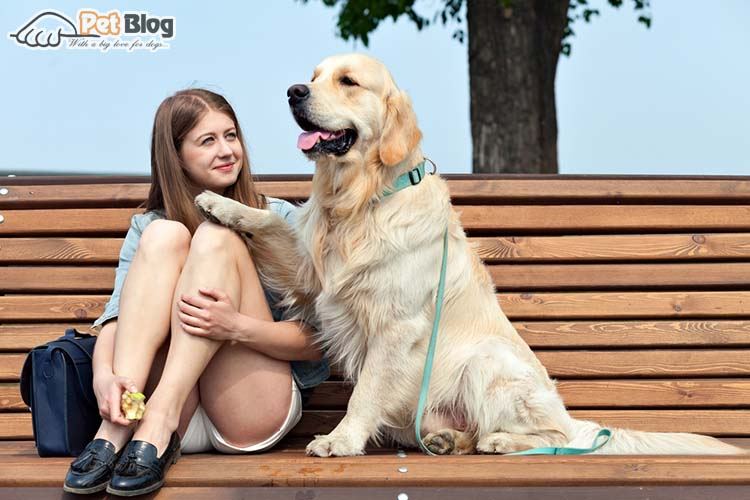
-
Give him enough water daily
Do not forget to provide water every after playing or walking. Unlike food, water should not be limited. Always put fresh, clean water for him at any given point of time.
-
Dog Walks!
Exercise is healthy even for dogs. Set a schedule for dog walks daily. It would be advisable to have a big yard if you own a large dog.
-
Give him proper shelter
It does not matter whether you plan to let him stay inside or outside the house, but the most important thing is you provide him a comfortable place to stay. It should be a place he can call his, with a comfy, durable bed.
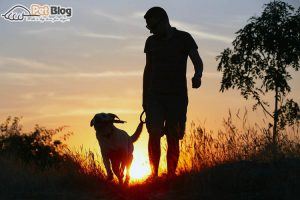
-
Groom your dog regularly
Labradors are not hard to groom like other breeds who shed badly. You still need to brush his fur though maybe once a week. They may love the waters but it is better not to bathe them often. 4-5 times a year is enough. The natural oil in their fur will prevent fleas to penetrate. Trim its nails regularly, clean the ears and teeth too.
-
Give them tender, loving care
Spend time playing with your Lab to make him feel that you love him. Bond with him through dog walks and socialize him with other dogs. Letting your kids play with him is recommendable. They like kids so give him toys.
-
Train your Labrador well
Labrador is smart dogs. If you are not that keen on training, at least you’ve got to teach him the basic commands. Trained dogs are sure of themselves and well behaved.
Q&A about Labs grown
Are Labs fully grown at 6 months?
No, Labs are not fully grown at 6 months. They may reach their full height by then, but they still need to gain weight and muscle mass until they are about 18 months old. Labs grow very fast in their first 6 months, reaching about half of their adult size by then. However, their growth rate slows down considerably after that, and they only gain a few more inches and pounds until they reach maturity.
4 month old lab puppy weight in kg
A 4 month old lab puppy weight in kg is between 11 and 18 kg. It can vary depending on their gender, genetics.
Why is my Labs puppy not growing?
No, your puppy not growing is not a normal phenomenon, and it may indicate a serious health problem. There are several reasons why a puppy may not be growing, such as:
- Parasites
- Malnutrition
- Congenital disorders
- Etc,.
Consulting your veterinarian ASAP ff you notice that your puppy is not growing as expected. Early diagnosis and intervention can improve your puppy’s chances of recovery and normal development.
When do chocolate labs stop growing
Chocolate Labs also belong to the Labradors breed. So it will have the same time period as the Labradors that we analyzed above. Chocolate labs will stop growing in height by around 9 to 12 months of age. However, their bodies may continue to fill out and develop muscle until they are around 18 to 24 months old.
Conclusion
When do Labs Stop Growing? I am pretty sure you already know the answer to that. Remember growing does not only mean their height but also their weight and mental/emotional aspects.
So take good care of your Lab and he will in return be a good and loyal companion for you and your family.If you have friends who have Labs, you can share to them this article, they may find it helpful. Till next time!

